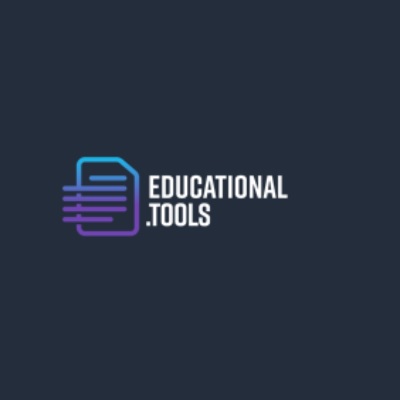In today's fast-paced world, the integration of technology in education has become indispensable. Online digital learning platforms and digital tools for online teaching have revolutionized the traditional classroom, offering a flexible, interactive, and personalized learning experience. These platforms and tools have not only made education more accessible but have also enriched the learning process, making it more engaging and effective. As we delve deeper into this transformation, it's essential to understand the various aspects and benefits these technological advancements bring to the educational landscape.
The Rise of Online Digital Learning Platforms
Online digital learning platforms have emerged as a powerful solution to bridge the gap between educators and learners, irrespective of geographical constraints. These platforms provide a vast array of resources, from interactive courses and video lectures to quizzes and discussion forums, enabling a comprehensive learning experience.
Accessibility and Flexibility
One of the most significant advantages of online digital learning platforms is their accessibility. Students can access course materials anytime, anywhere, making it easier to balance education with other responsibilities. This flexibility is particularly beneficial for working professionals and those with family commitments.
Personalized Learning Experience
Online platforms offer personalized learning paths, allowing students to learn at their own pace. Advanced algorithms track progress and suggest tailored content, ensuring that each learner gets the support they need to succeed.
Diverse Learning Resources
These platforms host a variety of learning materials, including videos, e-books, and interactive simulations. This diversity caters to different learning styles, whether visual, auditory, or kinesthetic.
Digital Tools for Online Teaching: Empowering Educators
Digital tools for online teaching are essential in equipping educators with the means to deliver high-quality education remotely. These tools enhance the teaching process by providing innovative ways to present information and engage students.
Interactive Whiteboards and Presentation Software
Tools like interactive whiteboards and presentation software enable teachers to create dynamic and visually appealing lessons. These tools help in illustrating complex concepts more effectively, fostering a better understanding among students.
Communication and Collaboration Tools
Effective communication is crucial in an online learning environment. Tools like video conferencing software, chat applications, and collaborative platforms ensure that students and teachers can interact seamlessly. These tools facilitate real-time discussions, group projects, and instant feedback.
Assessment and Analytics Tools
Digital tools for assessment and analytics play a vital role in monitoring student progress. These tools provide detailed insights into student performance, helping educators identify areas where students may need additional support.
Key Features of Leading Online Digital Learning Platforms
Several online digital learning platforms stand out due to their innovative features and user-friendly interfaces. Here are some key features to look for:
Comprehensive Course Catalog
A wide range of courses across various subjects ensures that learners have ample options to choose from, catering to diverse interests and career goals.
Engaging Content Delivery
High-quality video lectures, interactive quizzes, and gamified learning experiences keep students engaged and motivated.
Community and Networking Opportunities
Platforms that offer discussion forums, study groups, and networking opportunities help build a sense of community among learners. digital tool for online teaching This social aspect is crucial for maintaining motivation and fostering collaborative learning.
Challenges and Solutions in Online Learning
While online digital learning platforms and digital tools for online teaching offer numerous benefits, they also come with challenges that need to be addressed:
Technical Issues
Internet connectivity and technical glitches can hinder the learning process. Solutions include providing offline access to materials and ensuring robust technical support.
Lack of Face-to-Face Interaction
The absence of in-person interaction can impact the learning experience. Incorporating live sessions and virtual office hours can help mitigate this issue.
Student Engagement
Keeping students engaged in a virtual environment can be challenging. Utilizing interactive content, regular assessments, and providing timely feedback can enhance student engagement.
The Future of Online Education
The future of online education looks promising, with continuous advancements in technology poised to further enhance the learning experience. Here are some trends to watch out for:
Artificial Intelligence and Machine Learning
AI and machine learning algorithms will play a significant role in personalizing education, predicting student needs, and automating administrative tasks.
Virtual and Augmented Reality
VR and AR technologies will provide immersive learning experiences, allowing students to explore virtual worlds and interact with simulations, making learning more engaging and effective.
Blockchain Technology
Blockchain can revolutionize credentialing and record-keeping, ensuring the security and authenticity of academic records.
Conclusion
Online digital learning platforms and digital tools for online teaching have transformed the educational landscape, making learning more accessible, personalized, and engaging. As technology continues to evolve, these platforms and tools will play an increasingly crucial role in shaping the future of education. Educational.Tools stands at the forefront of this transformation, offering a wide range of resources and tools to support educators and learners in this digital age. Embracing these advancements will ensure that education remains relevant and effective in meeting the needs of the 21st-century learner.





Comments